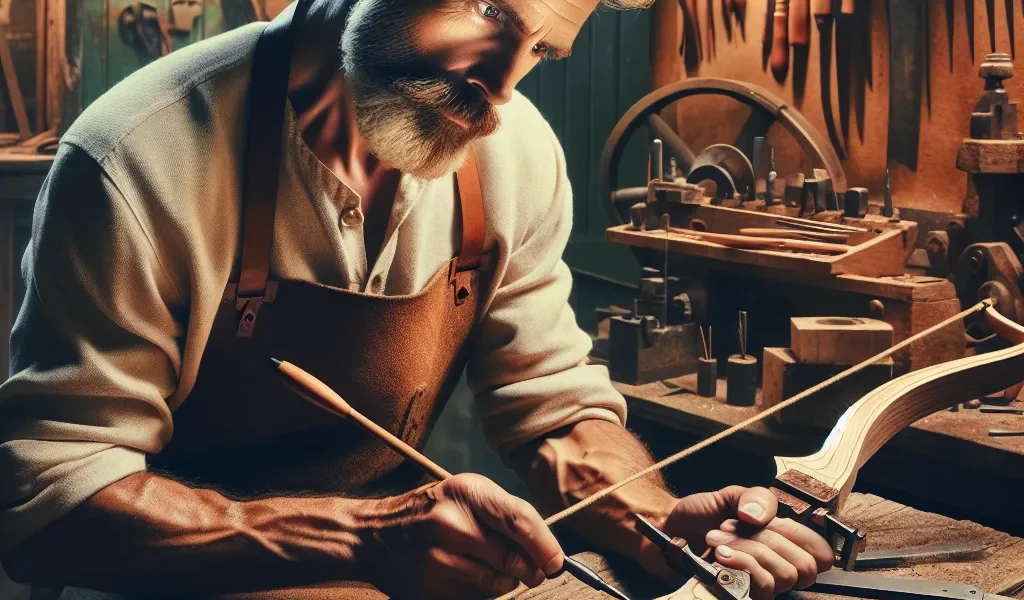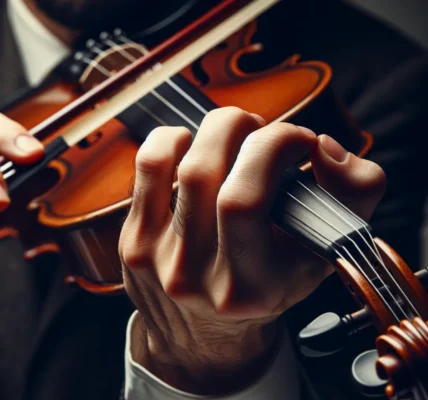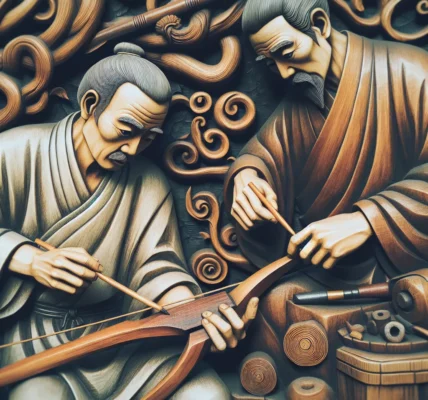The History of Bow Making
The history of bow making spans centuries and is rich with tradition and innovation. The art of crafting bows has been an integral part of various cultures and civilizations, from the ancient Egyptians and Greeks to the medieval Europeans and the indigenous peoples of the Americas. The earliest bows were made from natural materials such as wood, animal sinew, and horn, reflecting the resourcefulness and creativity of early bowyers.
As time progressed, different regions developed their own distinct styles and techniques of bow making, each influenced by the available materials and the specific needs of the local hunters and warriors. For example, the English longbow became famous for its use in medieval warfare, while the Japanese yumi bow was crafted with precision to complement the unique Japanese archery tradition of kyudo.
With the advent of industrialization, bow making saw significant changes as craftsmen began to incorporate modern materials such as fiberglass, carbon fiber, and synthetic strings. This revolutionized the industry, allowing for more durable and efficient bows while still honoring the traditional designs and craftsmanship.
Today, the art of bow making continues to thrive, blending the heritage of ancient techniques with the advancements of modern technology. Whether it’s the elegant curve of a traditional wooden longbow or the high-tech construction of a modern compound bow, the history of bow making serves as a testament to human ingenuity and our enduring connection to archery as both a practical skill and an art form.
Traditional Materials and Tools in Bow Making
Traditionally, the art of bow making has relied on a range of natural materials and specialized tools to create these precision instruments. One of the most vital components in traditional bow making is the wood. The choice of wood is crucial, as it determines the bow’s strength, flexibility, and overall performance. Common traditional woods used in bow making include yew, osage orange, and bamboo, each prized for its specific qualities that contribute to a well-crafted bow.
In addition to wood, natural materials such as animal horn, sinew, and even animal glue have been utilized in traditional bow making. Horn is often incorporated into the tips of the bow to reinforce and protect the delicate wood, while sinew, derived from animal tendons, has been used to create powerful backing for the bow. Natural adhesives like animal glue have historically played a critical role in securing various components of the bow, ensuring their longevity and durability.
Furthermore, traditional bowyers rely on an array of specialized tools to skillfully shape and craft their bows. These tools include rasps, scrapers, files, and heat sources for bending and tempering the wood. Each tool is carefully selected and utilized to achieve the precise dimensions and curvatures necessary for an effective and graceful bow.
While modern bow making has seen the introduction of synthetic materials and advanced machinery, the use of traditional materials and tools remains integral to preserving the authenticity and artistry of bow making. Mastering the techniques and nuances of working with these traditional elements is not merely a nod to history, but a continued commitment to the timeless tradition of crafting exceptional bows.
Modern Innovations in Bow Making Techniques
Modern innovations have significantly transformed the traditional art of bow making, revolutionizing techniques and materials used in the process. The integration of advanced technology and engineering principles has allowed bow makers to enhance the performance, accuracy, and durability of their creations.
One of the most notable modern innovations in bow making is the utilization of carbon fiber materials. Carbon fiber offers a remarkably high strength-to-weight ratio, making it an ideal choice for crafting durable and responsive bows. Additionally, the use of carbon fiber allows for greater flexibility in design, enabling bow makers to create sleek and aerodynamic bow shapes that optimize performance.
Furthermore, advancements in computer-aided design (CAD) and computer numerical control (CNC) machining have revolutionized the precision and consistency of bow making. These technologies enable bow makers to meticulously design and manufacture bows with unparalleled accuracy, resulting in improved shooting dynamics and overall balance.
Another modern technique that has gained popularity is the use of composite materials in bow construction. By combining different materials such as carbon fiber, fiberglass, and wood, bow makers are able to achieve a harmonious blend of strength, flexibility, and responsiveness in their bows. This approach allows for the customization of bow characteristics to suit individual archer preferences and shooting styles.
Moreover, the integration of advanced vibration dampening systems and noise reduction technologies has enhanced the user experience by minimizing hand shock and bow noise, ultimately improving the overall feel and quietness of the bow.
In conclusion, modern innovations in bow making techniques have redefined the traditional craft, pushing the boundaries of performance and design. The incorporation of cutting-edge materials and technology has elevated the art of bow making to new heights, offering archers an array of high-performance and precision-engineered bows to suit their needs.
The Craftsmanship of Bow Making Today
The craftsmanship of bow making today combines tradition with modern techniques, resulting in exquisite works of art that offer both beauty and functionality. While the traditional methods of handcrafting bows using wood, horn, and sinew are still practiced by some artisans, many bow makers have embraced modern materials and technologies to improve their craft.
Contemporary bow makers often use advanced tools and machinery to shape and refine the materials, ensuring precision and consistency in their work. Additionally, the use of synthetic materials such as fiberglass and carbon fiber has allowed for the creation of bows that are more durable and better suited for modern archery practices.
Despite these modern advancements, the essence of craftsmanship remains at the core of bow making. The attention to detail, the understanding of materials, and the dedication to creating a perfectly balanced bow are all integral to the art. Each bow is meticulously crafted, often taking hours of meticulous work to ensure that every curve and angle is just right.
Furthermore, bow makers today often collaborate with archers and engineers to incorporate feedback and innovations into their designs, resulting in bows that not only honor tradition but also meet the demands of contemporary archery.
In conclusion, the art of bow making today encompasses a harmonious blend of tradition and modern techniques, with craftsmen utilizing their skills and expertise to create bows that are both aesthetically pleasing and highly functional. This dedication to quality and innovation ensures that the tradition of bow making continues to thrive in the modern age.
Keywords: bow making, craftsmanship, tradition, modern techniques, contemporary bow makers, art of bow making


